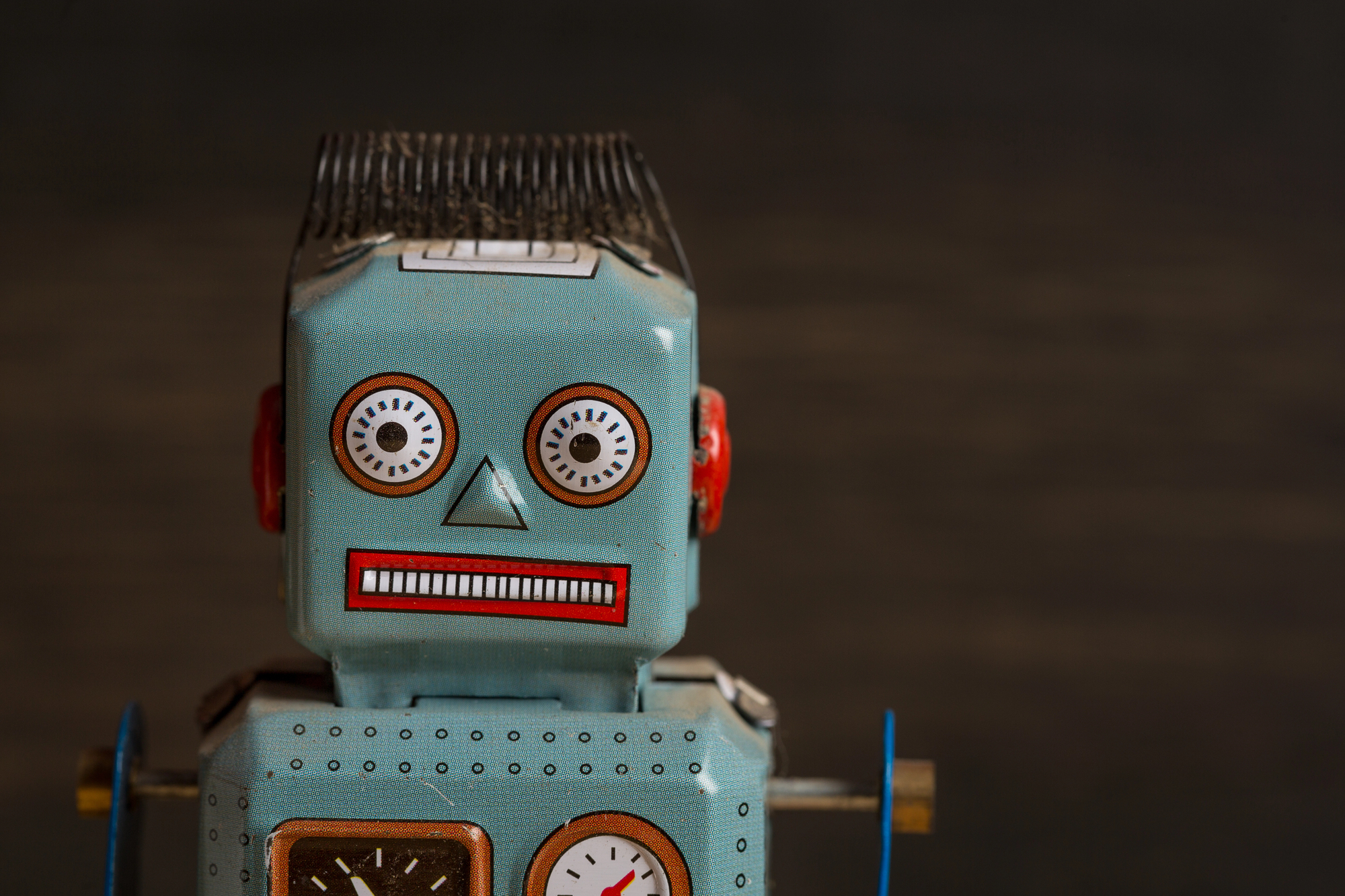“Grief Tech”: A Blessing or a Curse?

Generative AI certainly has many intriguing uses. Everything from music, to text, to video, can now be generated – a new power riddled with ethical concerns. Perhaps one of the more sensitive topics concerns the use of generative AI to recreate people who are deceased. The music and film industries are already grappling with the possibility of reviving artists to perform again. But the issue can also hit much closer to home. There’s a good buck to be made in helping folks reconnect with dead family members in ways that weren’t previously possible. My Heritage’s Deep Nostalgia can colorize and animate old family photographs, while other vendors offer the opportunity to chat with a dead relative or hold a funeral where the deceased can address the room. Such technology offers a priceless chance at closure and healing, but might it also be exploiting the dead as well as the living?
The rising industry of “grief tech” takes many different forms. At a recent funeral, a woman who passed away at 87 was able to speak with mourners. A similar process was used at the funeral of former SAG president Ed Asner. Those attending his funeral were able to converse with him as generative AI formed responses on the fly from a bank of answers regarding his work, politics, and family life he had previously recorded. This was all thanks to the company StoryFile, whose technology was originally conceived with the intention of recording the memories of Holocaust survivors.
Many appreciate the opportunity this kind of technology affords. As the 87-year woman’s son noted, “Nothing could prepare me for what I was going to witness when I saw it.” It isn’t hard to see the benefit this provides loved ones.
In addition to these more elaborate reproductions of the deceased, chatbots are another way generative AI can resurrect people who have passed away. In 2016 James Vlahos used recordings of his father’s life story to create a “Dadbot” that he could create an interactive experience that emulated his father. Vlahos found comfort in this and has since launched a company that allows people to upload their memories in order to create an AI version of themselves that can live on.
Supporters of the technology claim that it provides comfort to loved ones as it offers a way of preserving memories. One man, for instance, was able to recreate his grandfather so that he could have a final chance to say goodbye.
Despite their promise, however, these services appear exploitative – not only of the dead but of the living families who may be willing to pay vast sums of money to see their loved ones again. Some companies require living consent in order to be part of the program, but there’s no guarantee this will be the universal standard moving forward. There is, for example, already interest in recreating historical figures who have no opportunity to offer consent.
It may also be the case that grief tech services are not healthy for us. While creating an AI avatar can be a nice way to memorialize someone, it can also be a crutch that prevents us from completing the grieving process. Not only can this enable our desire to avoid reality, but it can prevent us from making new, meaningful relationships.
Many of the services promise greater honesty and transparency. It’s assumed that the person filling out the questions can do so more truthfully – they have the opportunity to say things in death that they might not wish to have revealed in life. Thus, the process can get closer to the truth and offer real closure.
But it can be misleading who we are actually talking to. While some anticipate getting a “freer, truer version of their lost loved ones,” it may be that what they receive is a useful, polished fiction. While people can be more honest when preparing their words for posterity, that does not mean that we can trust people to accurately relay their life’s details.
Further, the fact that a profile is created from old memories and thoughts doesn’t mean that it will be a literal copy. The model might sound like a loved one, it might say similar things, but when an AI model is generating that content, it is still the model that is producing statements. While this might give the impression to a loved one that they are finally going to have the long-awaited conversation they’ve sought, in reality, a computer model may simply be making things up based on the echoes of distant memories. We should be incredibly skeptical about the new information that gets revealed; it is a well-documented phenomenon that AI can “hallucinate” facts.
This could have the potential to create further problems. What if the AI makes some kind of controversial claim after the fact? “Bill killed me!” “Leave all my money to Sally.” Not only is there potential to generate unnecessary postmortem controversies, but even the potential for manipulation depending on how the model was constructed and by whom. We’ve already proven quite susceptible to mistaking machines for sentient beings. It’s not hard to imagine forming an unhealthy attachment to a model of a reincarnated loved one.
The potential for abuse appears rife. As one article notes, there are marketing opportunities created by effectively creating a digital clone of a person that can mimic the choices that you would make. This would be a significant benefit for marketing and advertising – a company could sell services to the bereaved, while also harvesting that customer data for advertising purposes.
Resurrecting the dead in AI form promises great benefit, but the attending risks are great. While this has the potential to revolutionize the way we approach death, that promise alone doesn’t mean it’s a good idea.




